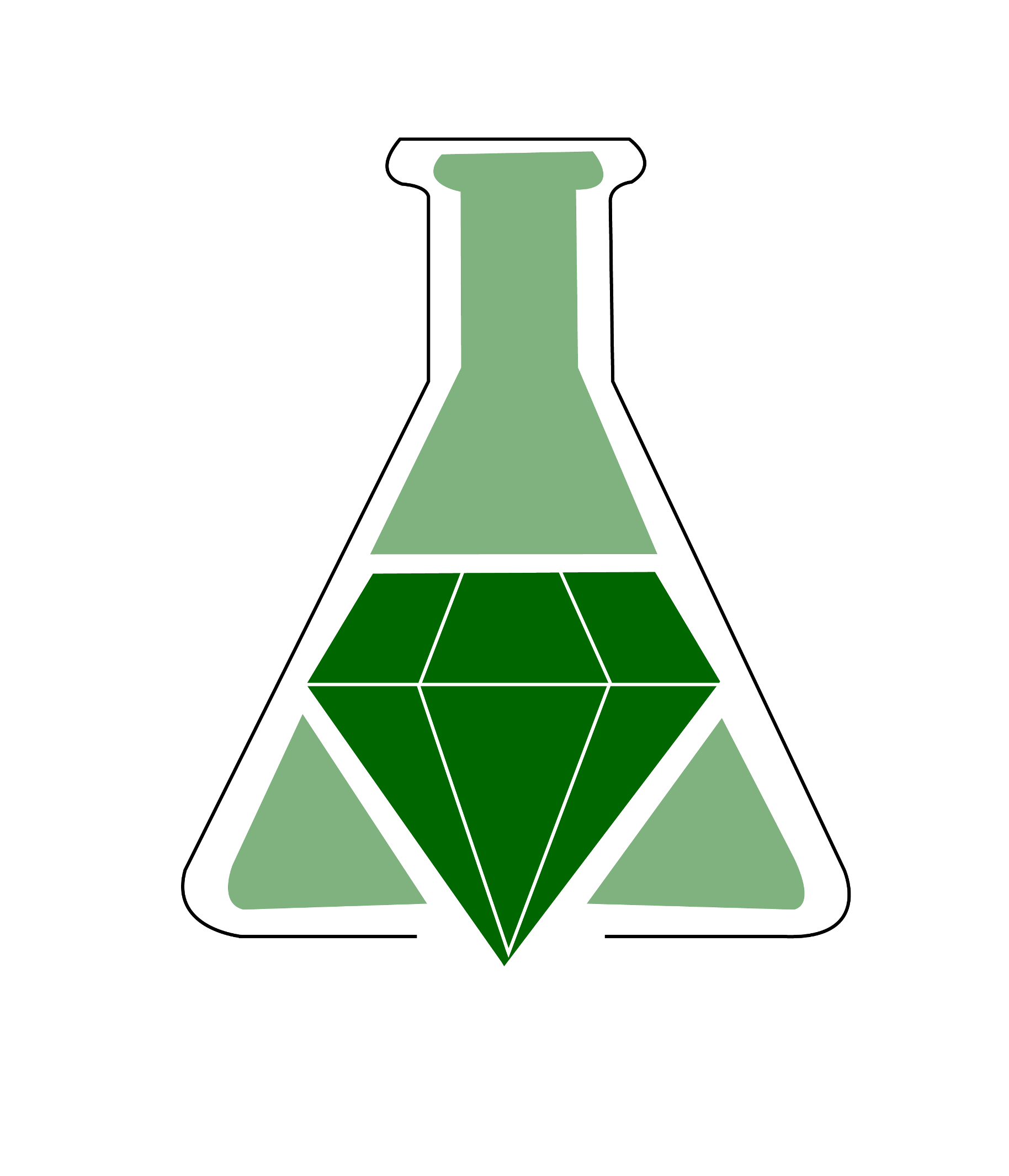Solvent-Free Synthesis of Chalcones

Summary
Chalcones represent a group of compounds with interesting biological activities that are formed from an aldol condensation between a benzaldehyde and an acetophenone in the presence of NaOH as a catalyst. Although typically synthesized using organic solvents, in this exercise students prepare 20 different chalcones using a solventless procedure. The scale of these reactions can be easily modified due to the high yields and ease of purification. A diverse set of reactants combined with differential product profiles for traditional vs. solventless reactions provides a unique framework for discussing how a broad range of chemical and physical properties affect product yields.
Supplemental materials are provided on the J. Chem. Educ. website and
include notes for instructors and students, an experimental procedure,
hazards, sample results, and conclusions.
Summary prepared for the original GEMs database May 2005 by Julie A. Haack, Department of Chemistry at the University of Oregon.
Solvent-Free Synthesis of Chalcones
Daniel R. Palleros
Journal of Chemical Education 2004 81 (9), 1345
DOI: 10.1021/ed081p1345
Supplemental materials are provided on the J. Chem. Educ. website and
include notes for instructors and students, an experimental procedure,
hazards, sample results, and conclusions.
Summary prepared for the original GEMs database May 2005 by Julie A. Haack, Department of Chemistry at the University of Oregon.
Solvent-Free Synthesis of Chalcones
Daniel R. Palleros
Journal of Chemical Education 2004 81 (9), 1345
DOI: 10.1021/ed081p1345
Safety Precautions, Hazards, and Risk Assessment
See published journal article
Link to external
